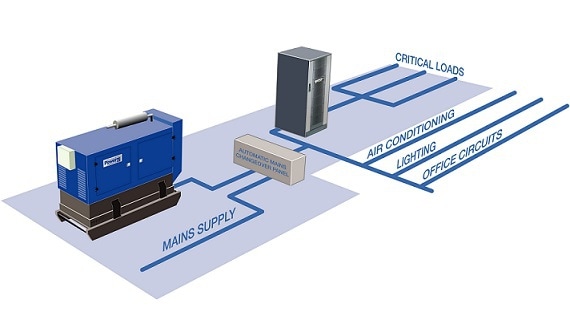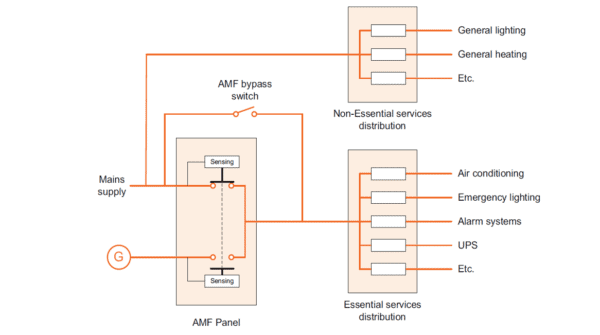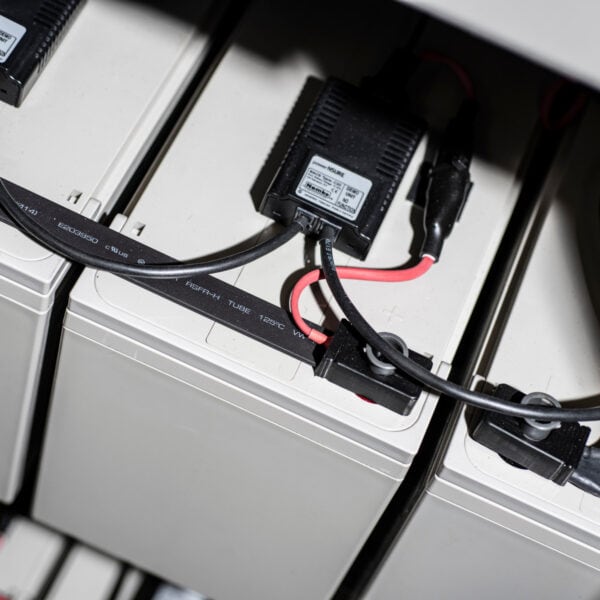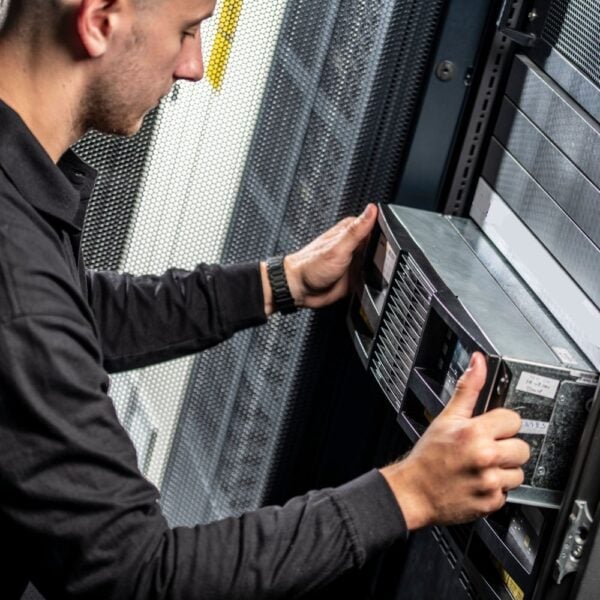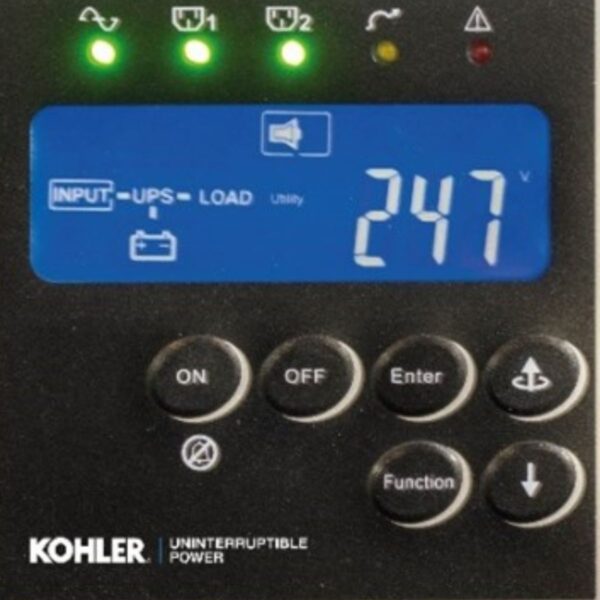How to pair your UPS system and standby generator for backup power supply
Data centre operations invariably use uninterruptible power supplies to protect their sensitive IT equipment from mains power supply aberrations and short-term cuts. However, longer-term blackouts are also a threat.
Accordingly, power protection against both short- and long-term power failures is essential. The only way to provide this comprehensively is to operate a UPS and generator as a complementary pair. The UPS power supply shields the load from brief anomalies, while also giving the backup generator time to start up and come online if a blackout extends towards the UPS battery autonomy time. The UPS generator installation, once running, can continue for as long as necessary, subject to fuel availability.
During normal operation, power flows through the uninterruptible power supply to the load, while also keeping the UPS batteries charged assuming it is an online UPS type. The standby generator, although powered down, is connected to an Automatic Mains Failure (AMF) detection panel. This initiates a generator start-up if a power cut becomes critically extended. Once the UPS generator output has stabilised, it is switched on to the essential parts of the facility’s load.
While the AMF should start the backup generator early enough to allow for this stabilisation, it should not signal a start during every minor power supply disturbance. To avoid this, the AMF signal is typically delayed for two to 10 seconds after mains power failure detection. Similarly, the AMF signal usually keeps the UPS generator running for at least two minutes after mains power is restored, to ensure that it is truly stabilised.
To perform successfully as a UPS component, the standby generator installation must
- Start reliably and quickly on demand
- Provide the uninterruptible power supply with an AC waveform that is stable in both amplitude and frequency
Reliable standby generator starting and UPS synchronisation
Generators in standby applications use diesel engines similar to those found in large lorries. To ensure reliable start-up, diesel generators should be well maintained, with an adequate fuel supply and a healthy battery for starting. Sufficient coolant and oil are also essential. Standby generators can be kept warm by mains-powered engine water heaters, (or jacket heaters); a mains-powered battery charger is used to trickle-charge the starter battery.
The diesel engine drives an alternator that converts its mechanical power into electricity. In the UK, this is usually single-phase 230 V or three-phase 400 V. The voltage amplitude is set by how the alternator is wound, while its stability is controlled by an Automatic Voltage Regulator (AVR). The alternator’s output voltage frequency – usually 50 Hz in the UK – is determined by the generator engine speed of typically 1500 rpm. However, the exact speed depends on the alternator design.
In any case, frequency stability is essential for UPS synchronisation. This is assured by a mechanical or electronic engine governor that regulates the engine’s fuel feed. Electronic governors are preferred, even though they are more expensive because they offer better stability and faster response; this ensures that the load can be transferred safely between the uninterruptible power supply and backup generator system output.
Choosing the right UPS and generator supplier
Correct generator sizing is important, with oversizing usually being advisable. Additionally, a backup generator installation should be selected according to their continuous rather than standby rating. This will equip them better for running at any time and for any duration. The UPS generator’s ability to support a step load should also be reviewed, especially if the critical load does not have any soft start facility.
Achieving success with an uninterruptible power supply and backup generator system depends not only on an understanding of each machine but also of how they work together. Therefore, it makes sense to seek standby generator and UPS solutions from well-resourced, experienced UPS suppliers and generator company like KOHLER Uninterruptible Power who can supply and install a complete, integrated, and tested implementation. They can also advise on essential environmental issues, such as complying with regulations governing fuel storage and managing the generator’s heat and exhaust output.
For further details about UPS systems, standby generators and much more, don’t hesitate to contact us here.

